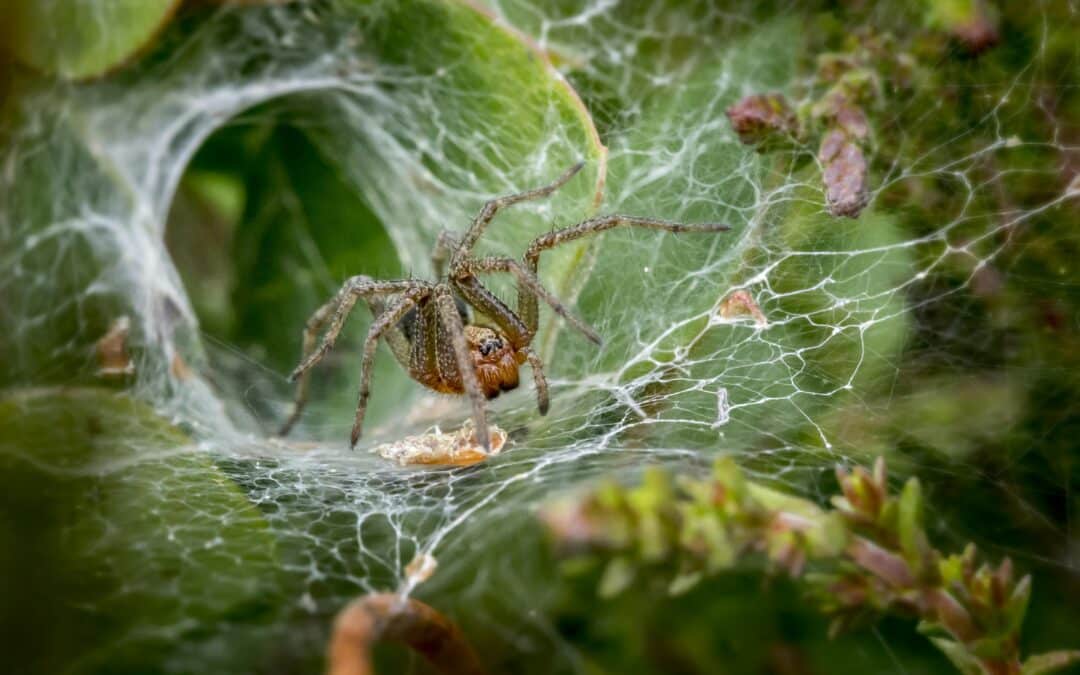The desert landscape surrounding Las Vegas might conjure images of dangerous creatures lurking in every corner. While it’s true that the region is home to a variety of wildlife, spiders are often demonized beyond reality. In fact, most spider species in Las Vegas are more interested in catching insects than bothering humans. This guide aims to provide clear information about spider bites in Las Vegas, helping you differentiate between harmless and potentially harmful encounters.
Las Vegas experiences a hot, dry climate that many spider species find suitable. However, this doesn’t necessarily translate to danger for residents and visitors. Contrary to popular belief, the vast majority of spiders in the city are not venomous, and even those that are rarely bite humans unless they feel threatened. Understanding the different types of spiders commonly found in Las Vegas will equip you with the knowledge to navigate potential encounters with confidence.
Spiders Commonly Found in Las Vegas
- Common House Spiders: These are the most frequent eight-legged guests in your home, spinning webs in corners and quiet areas. They are not venomous and their bites, though rare, cause minimal discomfort. Common house spiders come in a variety of sizes and colors, but they all share the characteristic of having eight legs and a round body connected by a narrow waist. They are beneficial predators, helping to control insect populations in your home.
- Wolf Spiders: These large, hairy spiders are often found outdoors, hunting insects rather than building webs. While their appearance can be intimidating, wolf spiders are not aggressive and their bites are not dangerous, causing only mild irritation. Unlike most spiders that rely on webs to capture prey, wolf spiders are active hunters, stalking and pouncing on their insect meals. They are most active at night and can be seen running across sidewalks or patios in search of food.
- Jumping Spiders: These small, agile spiders are known for their impressive leaps. They are not venomous and generally avoid human contact. Jumping spiders have excellent eyesight and rely on their powerful jumping ability to capture prey. Unlike most spiders that have poor vision, jumping spiders have large eyes that provide them with good depth perception. This allows them to accurately calculate the distance to their target before launching themselves through the air.
Venomous Spiders in Las Vegas
While the vast majority of spiders in Las Vegas are harmless, two venomous spider species warrant attention due to their potential to inflict bites:
- Black Widow Spiders: Easily recognized by the red hourglass marking on the female’s abdomen, black widow spiders are found throughout the United States, including Las Vegas. Their venom is a neurotoxin, targeting the nervous system and causing a range of symptoms. These can include localized pain and muscle cramps around the bite site, progressing to nausea, vomiting, sweating, and difficulty breathing in severe cases. While fatalities from black widow bites are extremely rare, especially for healthy adults, it’s crucial to seek medical attention promptly to avoid complications.
- Brown Recluse Spiders: Less common than black widows in Las Vegas, brown recluse spiders prefer dark, undisturbed areas like basements, attics, and storage sheds. Their venom is cytotoxic, meaning it damages tissues at the bite location. Brown recluse bites often start with mild pain and redness, but can develop into a painful ulcer with a necrotic center (dead tissue) within days. Early medical intervention is essential to manage these bites effectively and prevent potential complications like skin infections or tissue loss.
Recognizing Spider Bite Symptoms
Spider bite symptoms vary depending on the species and individual sensitivity.
- Non-venomous Spider Bites: Typically result in mild redness, itching, or swelling that resolves within a few days.
- Black Widow Bites: Initially may feel like a pinprick or go unnoticed. Pain and muscle cramps usually develop within hours, often in the abdomen or back. Other symptoms include nausea, vomiting, sweating, and difficulty breathing.
- Brown Recluse Bites: Often start with mild pain and redness, progressing to a blister and ulcer within days. Severe cases may involve tissue necrosis and require medical intervention.
When to Seek Medical Attention
If you suspect a bite from a venomous spider, particularly a black widow or brown recluse, seek medical attention immediately, even if symptoms seem mild. Early intervention can significantly improve outcomes. Emergency medical care is vital if you experience difficulty breathing, severe pain, rapidly spreading redness or swelling, nausea, vomiting, fever, or signs of an allergic reaction (e.g., hives, swelling of the face or throat).
The Good News: Most Spider Bites Are Harmless
While the possibility of encountering a venomous spider in Las Vegas exists, the good news is that most spider bites are not dangerous. The vast majority of spiders found in the area are harmless to humans and their bites cause only minor discomfort
Preventing Spider Bites
To minimize the risk of spider bites:
- Keep your home and yard clean and clutter-free.
- Seal cracks and gaps in your home’s exterior.
- Shake out shoes and clothing before wearing them, especially if stored in dark areas.
- Wear gloves when gardening or handling firewood.
- Avoid reaching into dark, undisturbed spaces where spiders may hide.
Remember:
- Most spiders in Las Vegas are harmless.
- Be aware of the potential dangers of black widow and brown recluse spiders.
- Seek medical attention promptly if you suspect a venomous spider bite.
While Las Vegas is home to a variety of spiders, only a few pose a significant risk to humans. By understanding the types of spiders found in the area, recognizing the symptoms of venomous bites, and taking preventive measures, you can enjoy the city without undue worry. If you suspect you’ve been bitten by a venomous spider, seek medical attention promptly to ensure appropriate treatment. Remember, most spider bites are harmless, and with proper precautions, you can minimize your risk of encountering dangerous species.

